Dial it back, Chirpy. We’re in Iceland, not on a ship that’s about to hit an iceberg and sink! Although, I have to admit I have been thinking of that famous disaster as I walk along Jokulsarlon Lagoon.

Icelandic kids play along the the iceberg-filled lagoon.
It’s true. As I look into the water I see that only 1/3 of the iceberg is poking out of the water. 2/3 of it is under the water. That’s A LOT of water frozen solid!
That got us thinking: Where did these icebergs come from? Where are they going? What happens when the ice melts? We’d have to go EXPLORING (Chirpy’s favorite word) to find out!
It became clear that the icebergs were coming from the glacier on the other side of the lagoon. The glacier is the large field of ice on the land in the background of the picture above. Can you see it? It’s very thick – LOTS of ice – so it’s there all year ’round, even now in the summertime. Part of the glacier melts every summer. As it melts from the bottom, the sheet of ice slides downhill.
Parts of the glacier break off and slide into the lagoon. When the ice is floating it’s called an iceberg. We wanted a closer look, so we hopped into a boat to get to the other side of the lagoon.
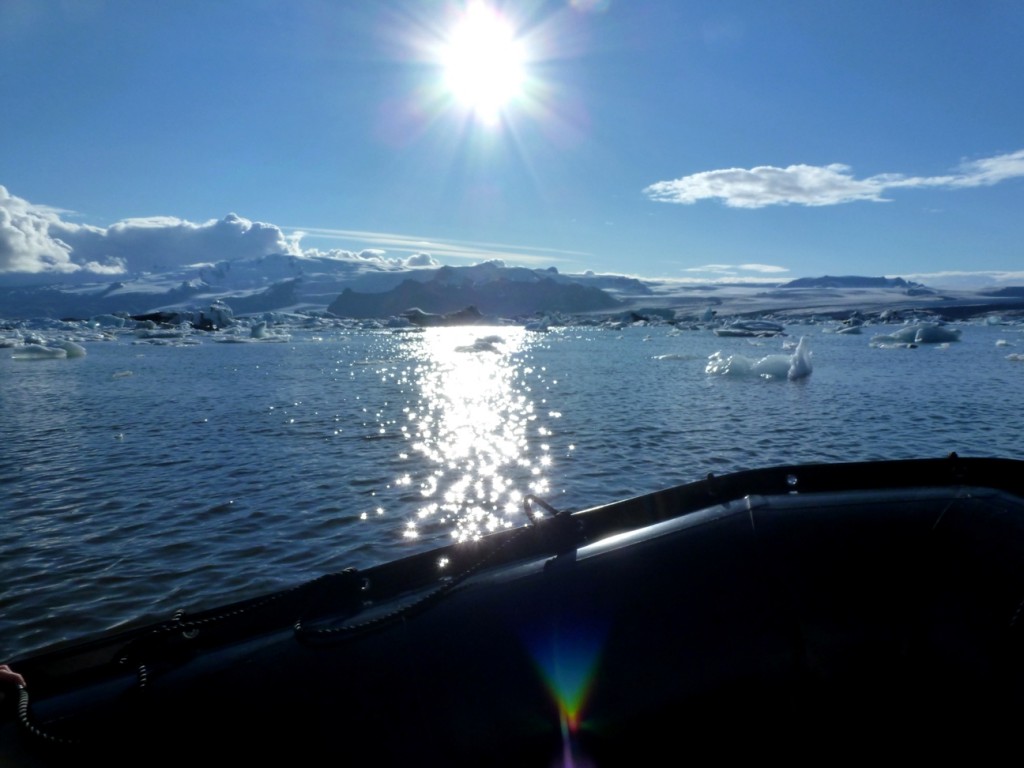
We had to be careful not to run into the floating ice as we crossed the lagoon in a small inflatable boat.
The view from the boat was incredibly beautiful in the evening.
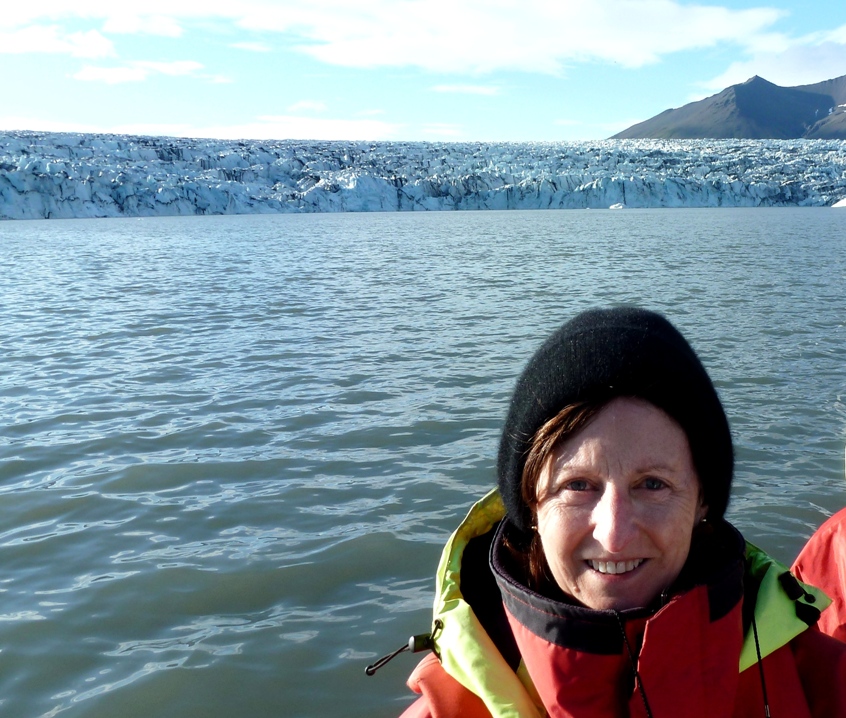
The wind blowing off the ice was freezing cold, but we didn’t mind because it was all so fascinating and so beautiful.
We came close to the edge of the glacier that’s sliding into the lagoon.
The lagoon opens into the Atlantic Ocean, so eventually the icebergs float out into the ocean. As they float, they melt. The water, which was once ice on land, now becomes part of the liquid water in the ocean. I’m sure you can see the cause and effect relationship here: land ice into the ocean → more water in the ocean.
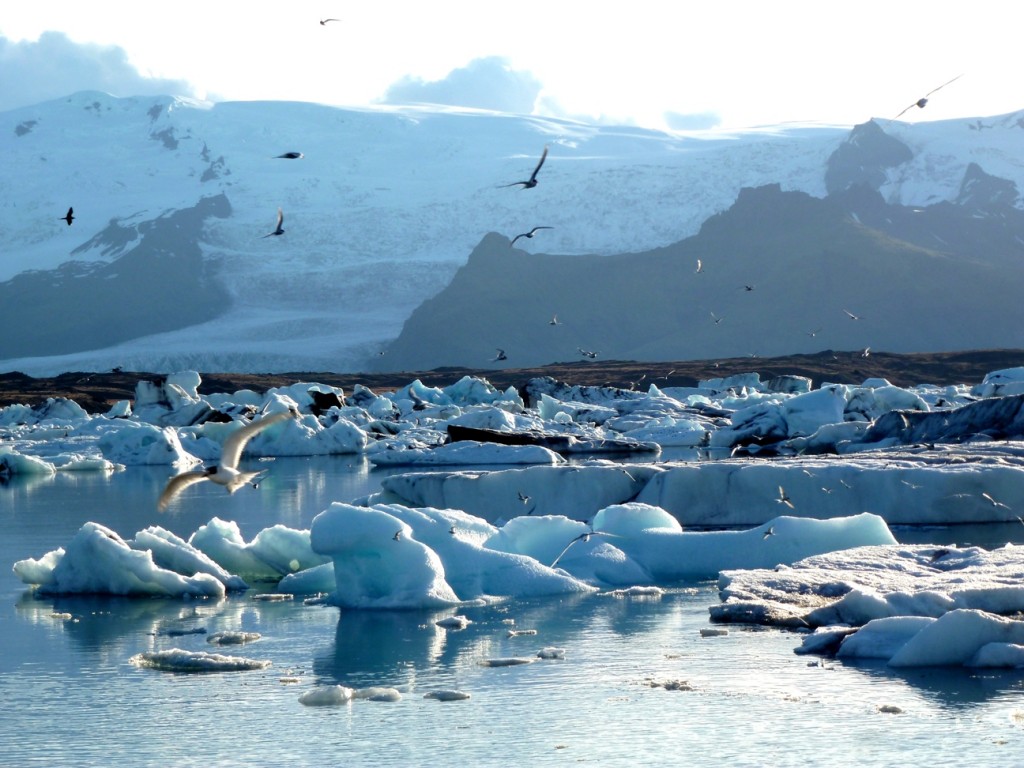
Here’s the really important part….
The more water that’s added to the ocean, the higher the water level on land. This is called sea level rise.
In the video below, you’ll see an iceberg that floated out of the Jokulsarlon Lagoon and into the ocean. Now it’s melting rapidly.
The extra water has to go somewhere. Right? When you add ice or water to an already-full glass of water, what happens? The water level gets higher and it overflows the glass! Same with the ocean. When you add more ice and water, the water level gets higher and it overflows onto land.
This isn’t a problem if no one is living near the ocean, but if people are living on the coast (where the land meets the ocean), then that becomes a BIG problem.
In the video below, the animation shows years passing on the right, and what will happen if sea level keeps rising on the left.
As you can see, it’s happening slowly, over the years, but we need to pay attention to sea level rise now, so we can help slow it down. Let’s get to the nitty gritty….
What’s causing the land ice to melt and slide into the ocean? GLOBAL WARMING. We all know that warmer temperature causes ice to melt. That’s a no brainer. As our planet gets warmer, more and more land ice ends up in the ocean. Let’s work together to do something about it.
Click here to find out more about global warming, and what we can do to slow it down and help our planet.
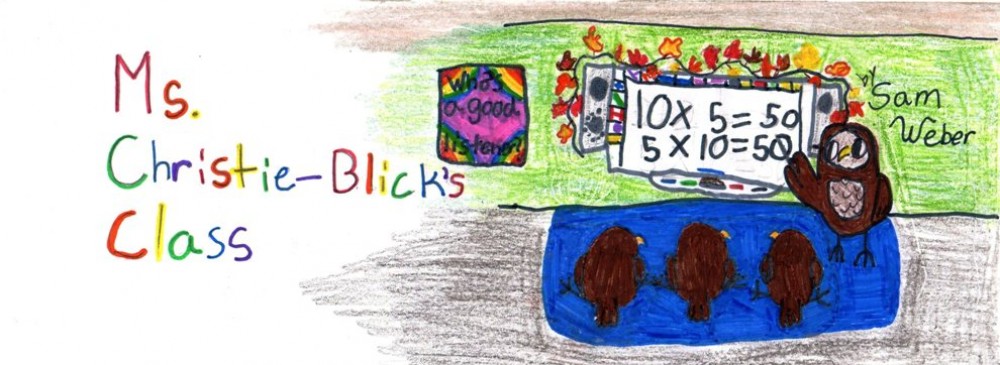

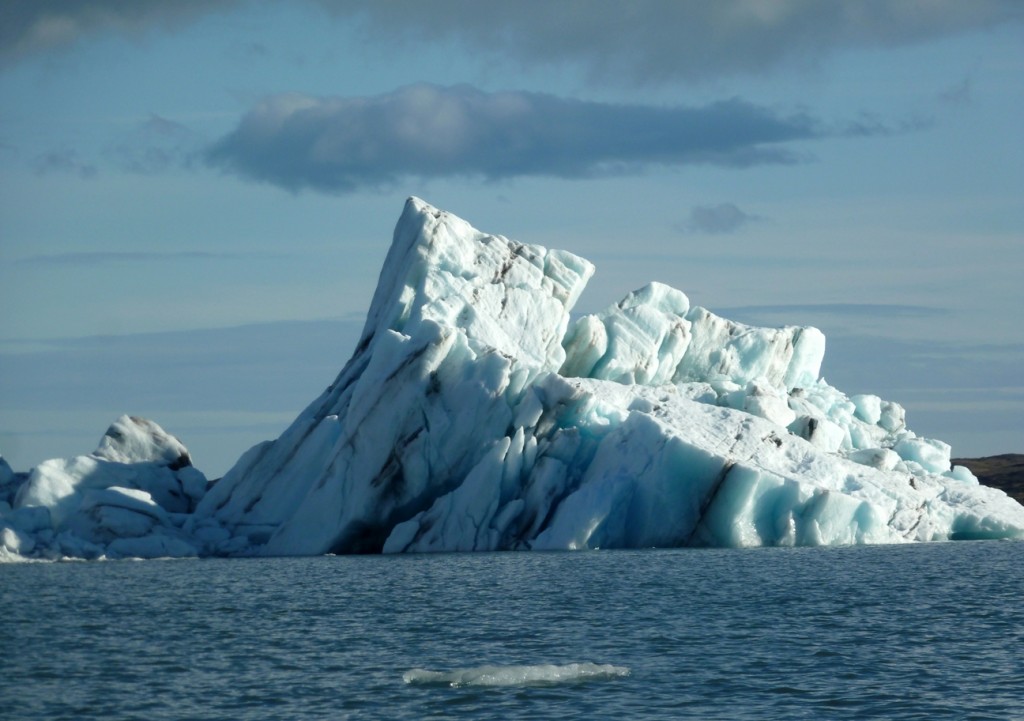
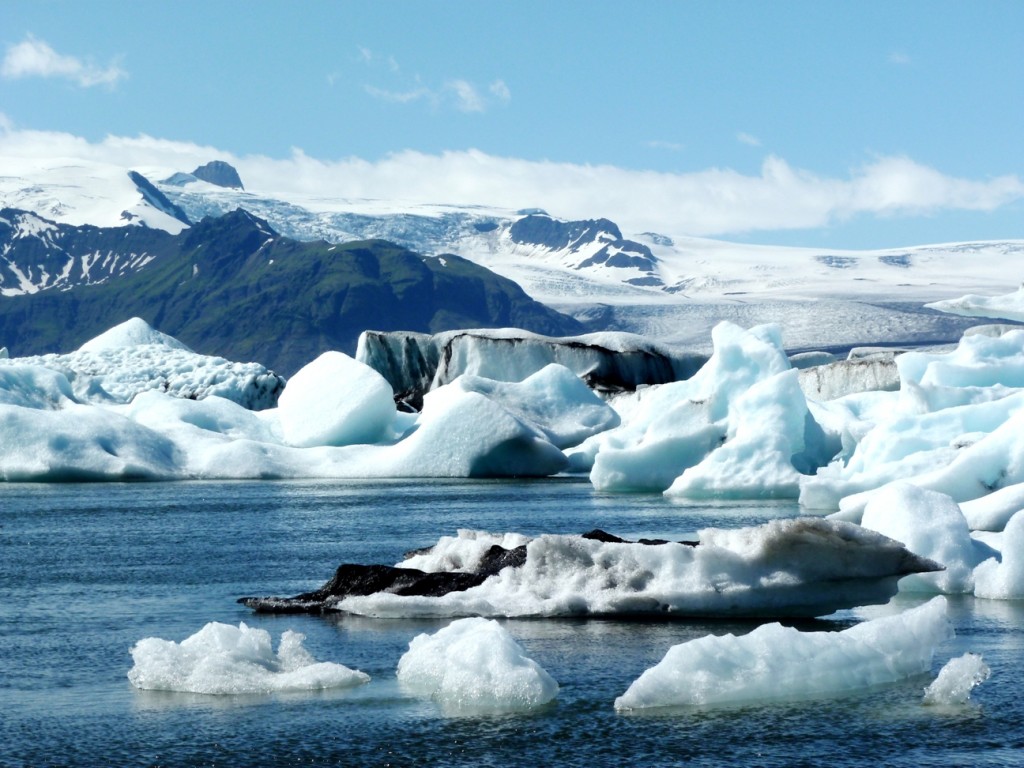
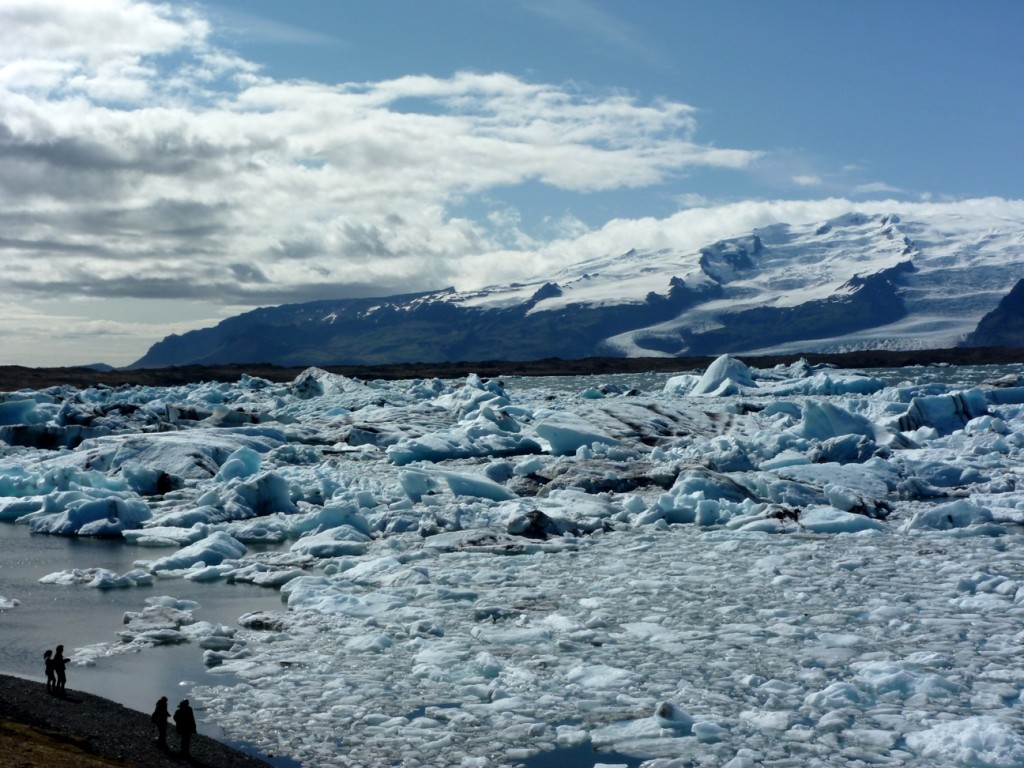

I never knew ice could be so cool!
I thought tat was amazing pictures and videos.I never knew that the ice starts melting down at the bottom of icebergs,and glaciers.
This is proof that climate change is really happening. The big icebergs are slowly melting, and the sea level is rising. The sea level is really rising.
We do need glaciers on our earth! Glaciers provide reflection for our earth, without them our earth would be super hot.
Super cool and we need to do super because people that live near the coast are in danger for their house to flood , its a big problem so we need to do something.
In 100 years I hope that the sea-level will not be very high. If it is then a lot of people would die or drown.
I didn’t realize that a lot of the icebergs are underwater. Only 1/3 is seen above the water
I did not know that icebergs float in the lagoon.So what i learned is that a lagoon is a stretch of salt water separated from the sea.That helps me learn more about the ocean without not knowing what a lagoon is. Also i learned glaciers break off and become an iceberg. Now i know how glaciers become icebergs.
I learned that 1/3 of the iceberg is poking out of the water, and 2/3 of the iceberg is in the water. I can really imagine how much ice is in the ocean
What I learned from this video is, when there are glaciers, ice burgs and more eventually the ice will melt and then that will cause sea levels to rise.
Wow, it was so interesting to learn about this. I used to think the ice wasn’t melting that fast, then I read this post and saw the pictures and that really struck. The last bit about Climate Change and how it affects the rising sea levels really makes sense.
I never knew that ice melts that fast! It is making the sea levels rise. It is making global warming an even bigger effect on our planet.
I learned that only 1/3 of icebergs are sticking out. The other 2/3 is underwater.
Wow! just watching that was really cool and exciting I really like the pictures and one thing that I learned that I didn’t know before was that a lot of ice was melting really rapidly.
That was weird that a huge chunk of ice was on the beach in the video.
I know that Climate Change cannot be stopped but it can at least be slowed down. I know that ice reflects the sun’s heat, and if the ice keeps melting, then planet Earth will keep getting warmer, and warmer, and Climate Change will be harder to slow down. I learned that the more the glaciers fall into the ocean, the more the sea-level will rise.
Wow! I never knew that ice can melt so quickly! That is so fascinating and interesting! I want to learn more about THIS topic!
I learn that sea level rise is cause by melting ice. And i learn icebergs are just pieces of glaciers that broke off of it and went into the ocean. I also learned that ice sheets and icebergs are massive.
Wow that is bad that sea levels are rising, because of climate change. And in that amination, Yes I think that is going to happen, if we don’t slow down climate change/global warming.
It is so beautiful in Iceland with all the glaciers and ice and we need to keep it like that. I love all the cool photos and videos.
I think that we should really slow down climate change because it is melting the ice witch is reflecting the suns rays.
Wow! I never knew that ice can melt so quickly! That is so fasinating and intresting! I want to learn more about THIS topic!
The animation video made me realize that, that is what many houses will look like in many years if we don’t slow it down.
One reason why having glaciers on earth is important is because they reflect the sun. Because of this glaciers slow down global warming. If glaciers melt though, sea levels will rise and peoples homes will get flooded.
I think if we keep letting the sea level rise it will effect our future
I never knew that large blocks of ice could turn into ice burgs!